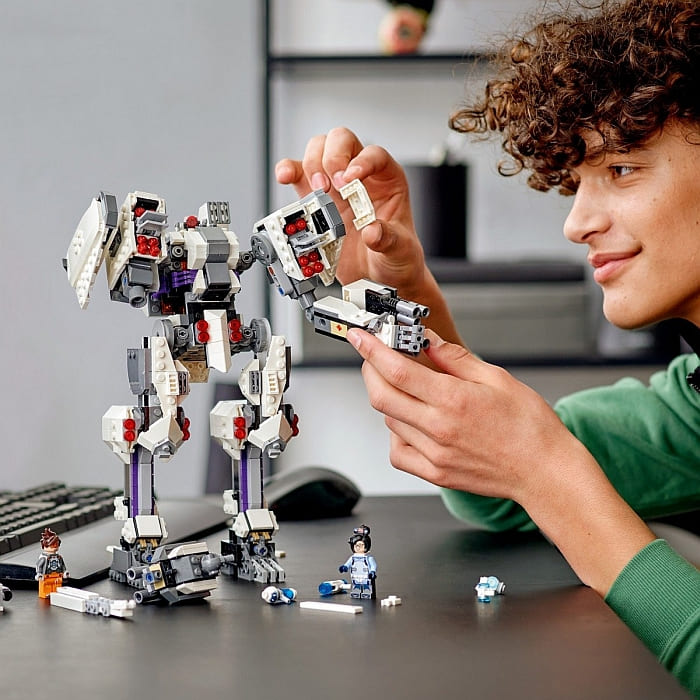Traditionally, LEGO clears out their older inventory after Christmas to make room for all the new sets coming in January. Discounts on older sets can be as much as 50% off, which makes the end of the year an excellent time to pick up sets just for parts or get duplicates of some of your favorite sets. LEGO retailers also usually retire older sets at this time, so it’s worth checking local stores as well.

Pre-pandemic, we used to get a long list of retiring sets that were sold at a discount at the end of the year, however, since the beginning of the pandemic, this doesn’t seem to be the case anymore. The combination of LEGO’s popularity and stock shortages made it hard to even find sets in stock, not to speak of getting a discount. Still, we can find at least a few discounted products at the clearance section of the Online LEGO Shop.
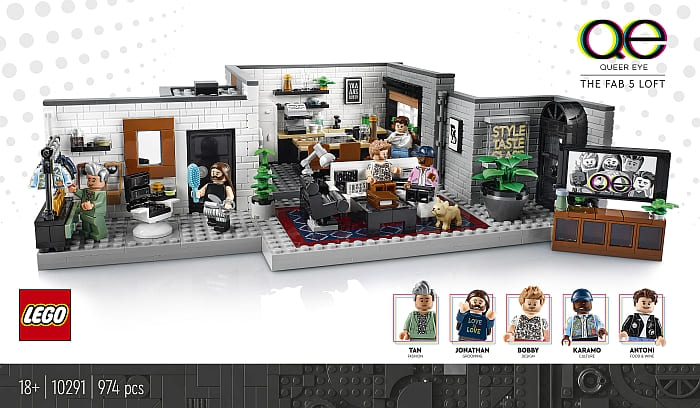

Currently, the #10291 LEGO Queer Eye – The Fab 5 Loft set is 20% off, which is a pretty good discount for a set full of useful parts and minifigs. The white (you get 85) and light-gray (you get 102) masonry bricks, and the beautifully printed 2×4 tiles (you get 9) used for the carpet are especially useful. The great variety of minifig torso, leg, and face prints are also desirable elements. I don’t know how long this set is going to be available for a discount, but if you want to pick up a copy, visit the LEGO Creator Expert section of the Online LEGO Shop.

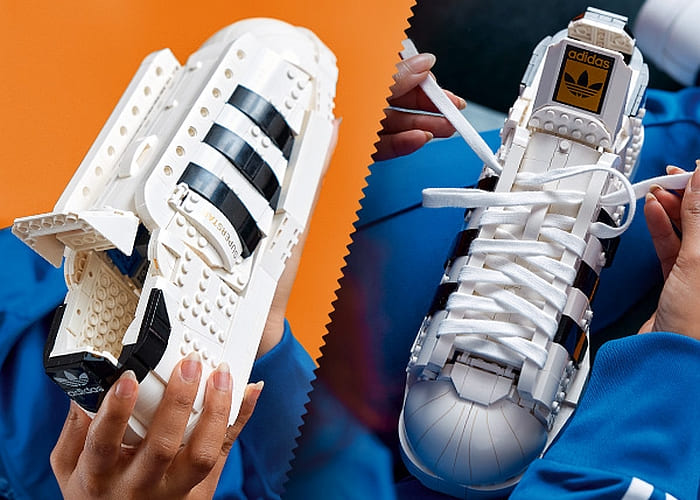
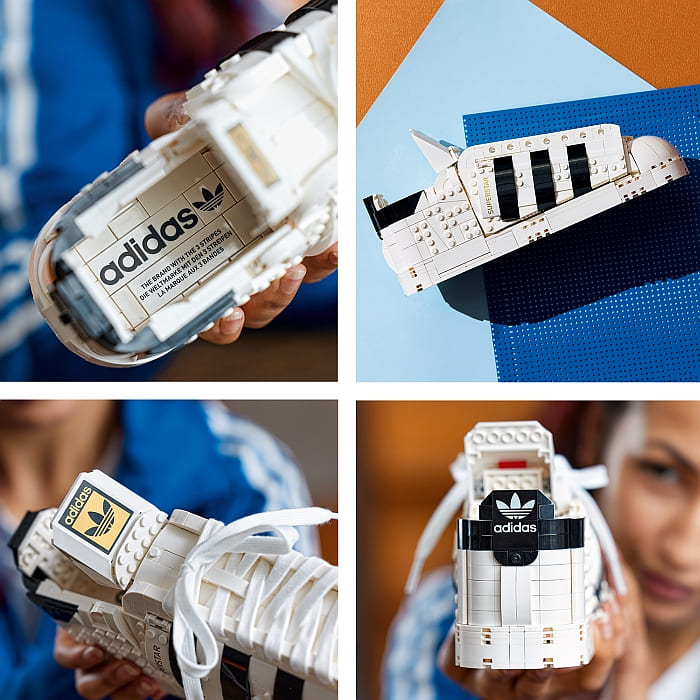
Another discount set to consider is the #10282 LEGO Adidas Original Superstar sneaker display set. This one is also 20% off, so if you only got one copy, it might be worth getting a second one during the sale period to make a full pair. This is a fun set mimicking real sneakers and come in a shoebox with real Adidas laces and printed elements. If you’re looking for a unique LEGO set and collectible item, take a look at this set at the LEGO Creator Expert section of the Online LEGO Shop.

Speaking of Adidas, there is a 20-40% clearance on Adidas and Levi’s clothing and other merchandise at the Online LEGO Shop. Quantities and sizes are limited, but you might find something that you like.

Although not on sale, there are a few sets currently available with Double VIP Points. The #75312 LEGO Star Wars Boba Feet’s Starship, the #43114 LEGO VIDIYO Punk Pirate Ship, and the #43105 LEGO VIDIYO Party Llama Beatbox. This offer is valid until December 31st at the Online LEGO Shop.
These are the most noteworthy items on sale I have seen so far, and I also suggest to check back regularly in the next few weeks in case LEGO adds some more discounted sets at the sales & deals section of the Online LEGO Shop. And of course, you can also start looking at the new 2022 sets, some of which are already available at the new items section of the Online LEGO Shop.
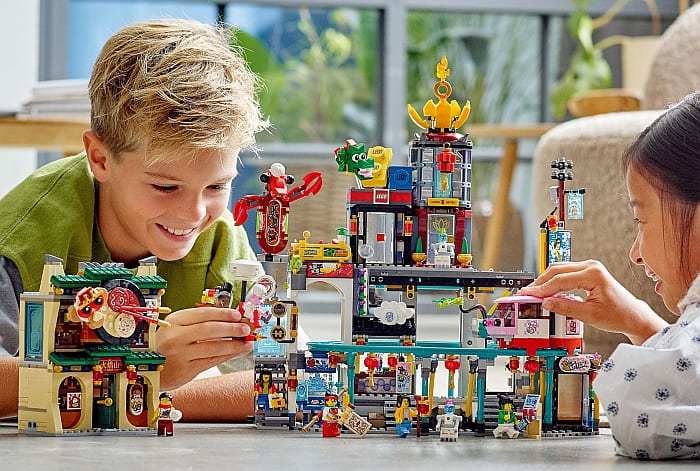
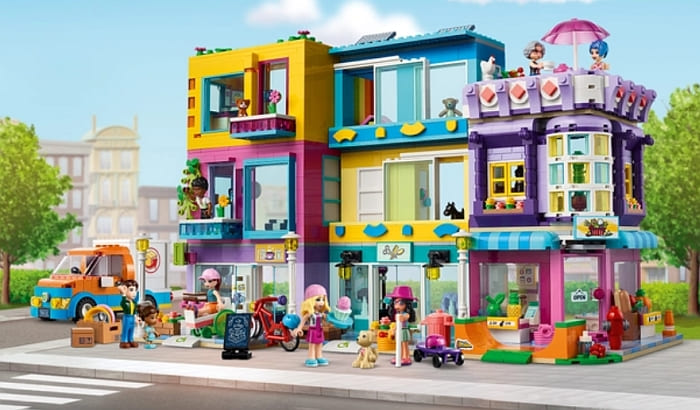
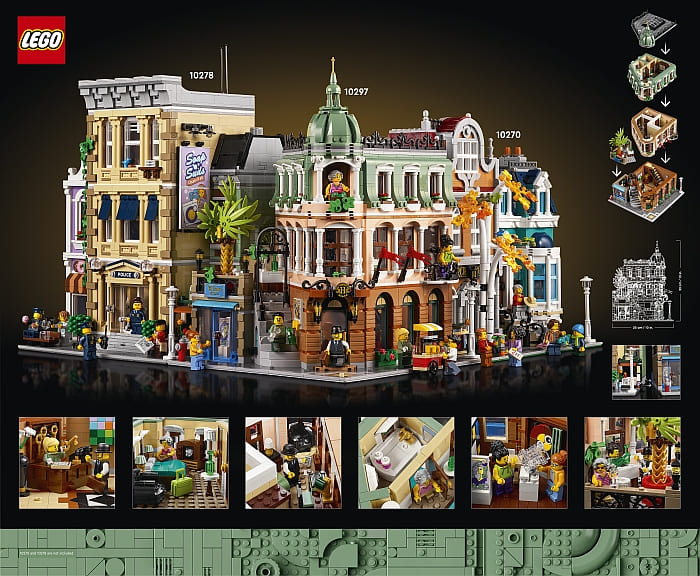
What do you think? Did you get any LEGO sets for Christmas? Are you planning to get a little more before the end of the year? And what new sets are you looking forward to the most? Feel free to share and discuss in the comment section below!
And you might also like to check out the following related posts:
- January 2022 LEGO Sets Coming Soon!
- 2022 LEGO Modular Building: Boutique Hotel
- 2022 LEGO Chinese New Year, Super Mario & More!
- December 2021 – New LEGO Sets & Promotions
➡ LEGO SHOP IN USA: Online LEGO Shop USA
➡ LEGO SHOP IN CANADA: Online LEGO Shop Canada
➡ LEGO SHOP IN UK: Online LEGO Shop UK
➡ LEGO SHOP AUSTRALIA: Online LEGO Shop Australia




